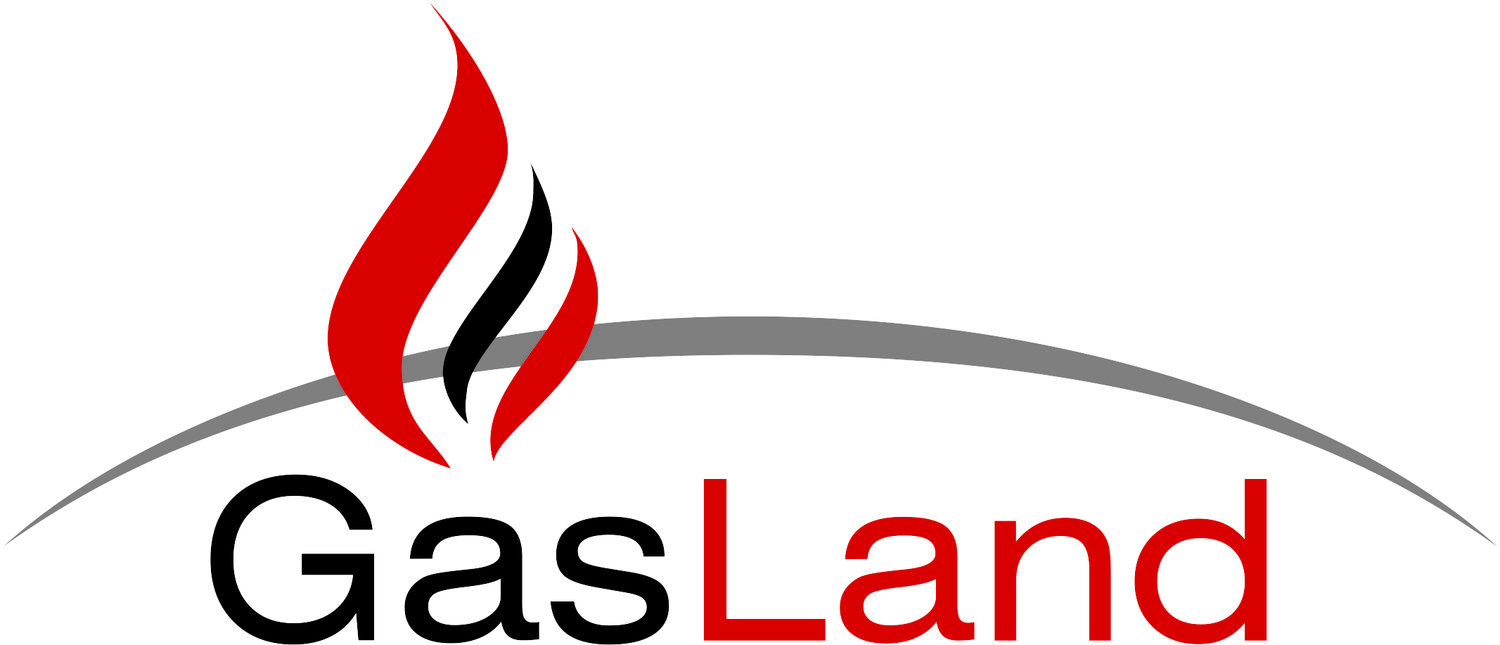Gas Separation Technology
Gas separation can refer to any number of techniques used to separate gases, either to give multiple products or to purify a single product. Removing liquids and solids from a gas stream is crucial in refining and processing gas applications. Effective contaminant removal can prevent costly problems and reduce downtime with downstream equipment like compressors, turbines, and burners. The operation of membrane systems is primarily based on the relative speeds and permeation rates of the various molecules through the membranes.
Nitrogen Generators
Our range of nitrogen generators includes cryogenic, adsorption, and membrane technologies. On-site gas generation is the best nitrogen supply mode for typical flow, pressure, and purity requirements.
With respect to the simplicity of the system, a nitrogen generator can be split into modules. This is in direct contrast to classical systems where the equipment is designed for a certain stage of the separation process. Using a modular system, the generation facility may be built from a selection of preexisting equipment and where necessary, the output capacity of a plant may be increased at the minimum cost. This option appears all the more useful where a project envisages a subsequent increase in enterprise capacity, or where demand may simply require on site production of nitrogen by employing equipment that is already present.
Gas separation units have no moving component parts, thus ensuring exceptional reliability. Membranes are highly resistant to vibration and shocks, chemically inert to greases, moisture-insensitive, and capable of operating a temperature range of –40°С to +60°С. With appropriate maintenance, the useful life of membrane units range between 130,000 and 180,000 hours (15 to 20 years) of continuous operation.
Membranes
Among all the other nitrogen supply modes, industry veterans turn to membrane separators when in need of high purity, reliable, low maintenance, volume customized, and sized for mobility to supply Nitrogen.
Oil and Gas – Oil exploration and transportation involves a lot of industrial work in close proximity to flammable materials. Nitrogen gas reduces the possibility of combustion and promotes safety in the oil and gas industry.
Membrane Technology
Structurally, a hollow-fiber membrane represents a cylindrical cartridge functioning as a spool with specifically reeled polymer fibers. Gas flow is supplied under pressure into a bundle of membrane fibers. Surface gas flow separation is accomplished due to the differences in partial pressures on the external and internal membrane. Nitrogen production savings generally exceed 50% by substituting out-of-date cryogenic or adsorption systems. The net cost of nitrogen produced by nitrogen complexes is significantly less than the cost of cylinder or liquefied nitrogen.

